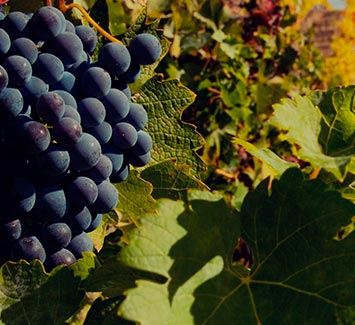
Braga a City with Historic Vitality

Its more than 30 churches gave her the nickname of “Portuguese Rome”, making it one of Portugal's main religious centres. With a history dating back to the Romans — who are thought to be the city's founders, and left many traces in the region — Bracara Augusta, as it was once called, is still home to a huge amount of buildings bearing the scars of time. It is here that we find the country's oldest cathedral — the Cathedral of Braga, dating back to the year of 1070. It serves as final resting place for Henry and Teresa, parents of Afonso Henriques, the first King of Portugal.
But the main attraction is the Sanctuary of Bom Jesus do Monte, “watching the city through a straw" at the top of the hill. This is one of Portugal's most visited religious sites, outdone only by the Shrine of Fatima. Its Baroque staircase, with over 500 steps and ornamented with multiple thematic fountains, provide access to the neoclassical building that delights those who dare to make the climb. The access can also be done by a funicular, located right next to the staircase.

A Baroque Explosion
History has painted this city with the tones of different artistic, architectural and cultural movements. But the Baroque is king, and the reason why Braga is regarded as one of Portugal's main centres for this historical artistic movement. The responsibility for this is attributed to André Soares, an 18th Century architect who designed some of Braga's main landmarks: the City Hall, the Main Altarpiece of Tibães Monastery, the Church of St. Magdalene of Falperra, the Raio Palace and the Sanctuary of Our Lady of the Tower.

Braga is an ancient town, with traditional religiosity, and deeply rooted customs and habits. However, fervent entrepreneurship and a youthful spirit thrive in what is regarded as the youngest city in Portugal and one of the youngest cities in Europe. This spirit can actually be seen in vital areas such as culture, commerce, gastronomy, industry and services. The city is home to one of Portugal's major university centres — because of this, it is a breeding ground for innovative ideas and a will to change the world. Braga has always reinvented itself, having followed the changing times and helping to define them. An example is the indelible mark made in 1980’s Portuguese music by bands like Mão Morta, a name that is still calling the shots in Portugal's contemporary music scene.
Legendary Cuisine
If there is something that defines the identity of the region of Minho it is its food. Braga — the Heart of Minho, as the locals call it — is no exception, with a rich cuisine, seasoned by years of experience that delight visitors. And there are many examples, such as the famous Caldo Verde, considered one of Portugal's seven culinary wonders, Braga’s Codfish, the traditional Papas de Sarrabulho and the centuries-old pudding Abade de Priscos. The capital of Minho is overflowing with flavours and you can find these (and other) delicacies everywhere — just follow your senses.

Those who know the area also know that green is the predominant colour. Due to its location, climate and natural wealth, Braga is surrounded by a lush, almost obscene green. Its rich natural surroundings, vast and full of secret places, are an invitation for discovery.

And if this description sounds like a cliché, try to visit Castro Laboreiro, a village where the ruins of a castle are joined by 16th Century bridges, medieval churches and mills; the 18th Century Sanctuary of Our Lady of Peneda, the largest place of worship in the region; Soajo, an isolated village overlooking the Lima river and adorned with the famous stone granaries — one of the park's postcard images; the Castle of Lindoso, a 13th Century fortress; the village of Vilarinho das Furnas, which was submerged in 1972 by the construction of a dam, visible only during the Summer when the water level drops down; the Pedra Bela viewpoint, probably the best view of the park, where you may pause and absorb everything you can; and the Cascata do Arado, a waterfall with 900m of altitude, a true spectacle of nature.





